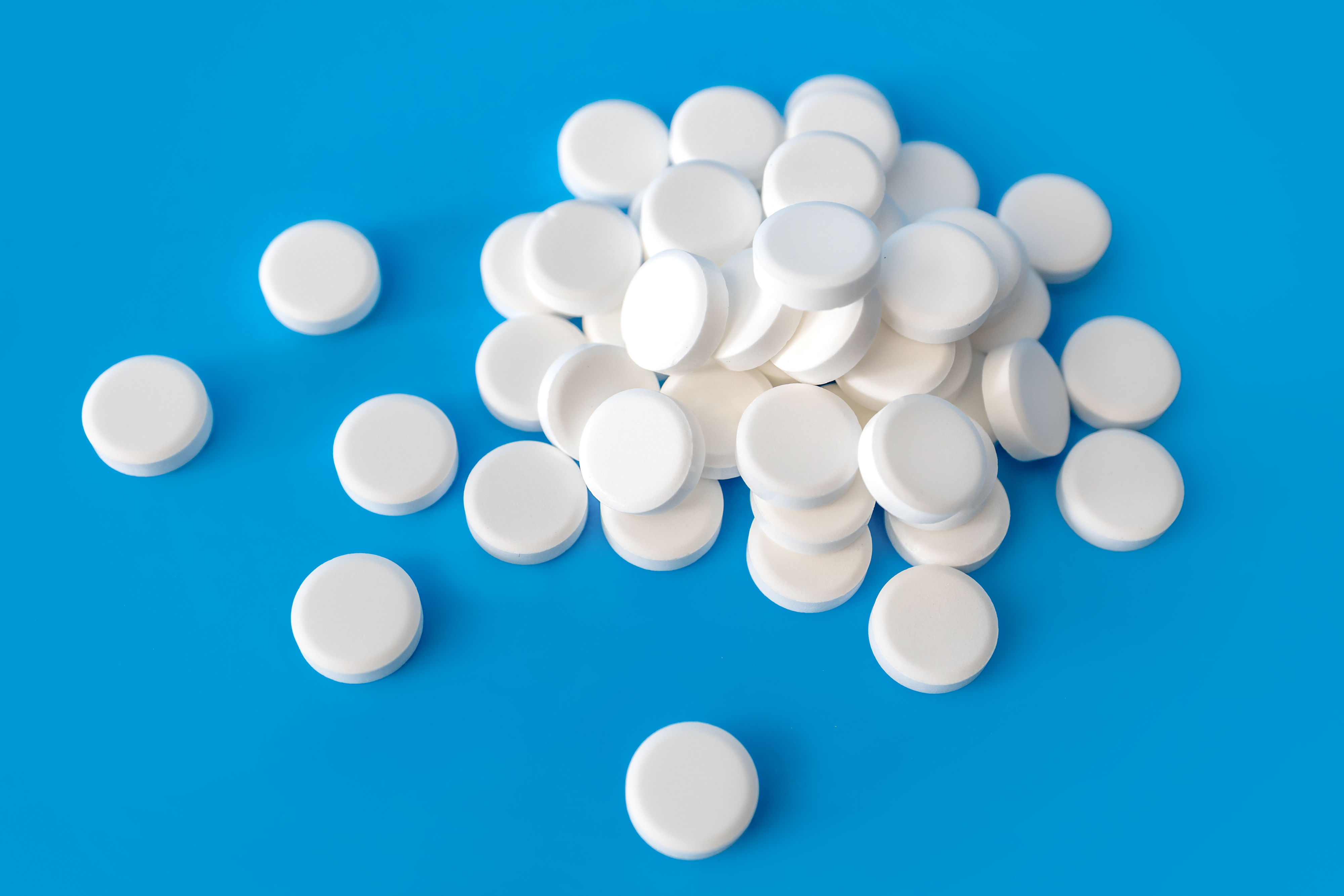
Short-term treatment with the mTOR inhibitor sirolimus may be safe and effective in patients with persistent glucocorticoid-refractory cutaneous sarcoidosis, according to a recent study published by Redl et al in The Lancet Rheumatology. Researchers noted that mTOR activation is often observed in the granulomas of patients with the disease. In a single-center trial, researchers enrolled 16 patients with persistent, glucocorticoid-refractory, active, and histologically proven cutaneous sarcoidosis to partake in a topical treatment phase followed by a single-arm systemic treatment phase for 4 months (n = 14) or a systemic treatment phase directly (n = 2). The patients were randomly assigned to receive either 0.1% topical sirolimus in petroleum jelly or petroleum jelly alone twice per day. Following a washout period, patients received a 6-mg loading dose and a subsequent 2 mg of sirolimus orally once per day. Patients who received topical treatment did not experience improvement in their cutaneous lesions (effect estimate = –1.213, 95% confidence interval [CI] = –2.505–0.079), whereas 70% (n = 7/10) of patients who received systemic treatment experienced improvement in their cutaneous lesions (median effect estimate = –7.0, 95% CI = –16.5 to –3.0). Additionally, patients with popular, nodular, plaque, scar, and tattoo–related morphologies of cutaneous sarcoidosis demonstrated a response to systemic sirolimus that lasted over 1 year following treatment cessation. The researchers concluded that further studies may be needed to determine the effect of sirolimus on granulomatosis inflammation in this patient population.